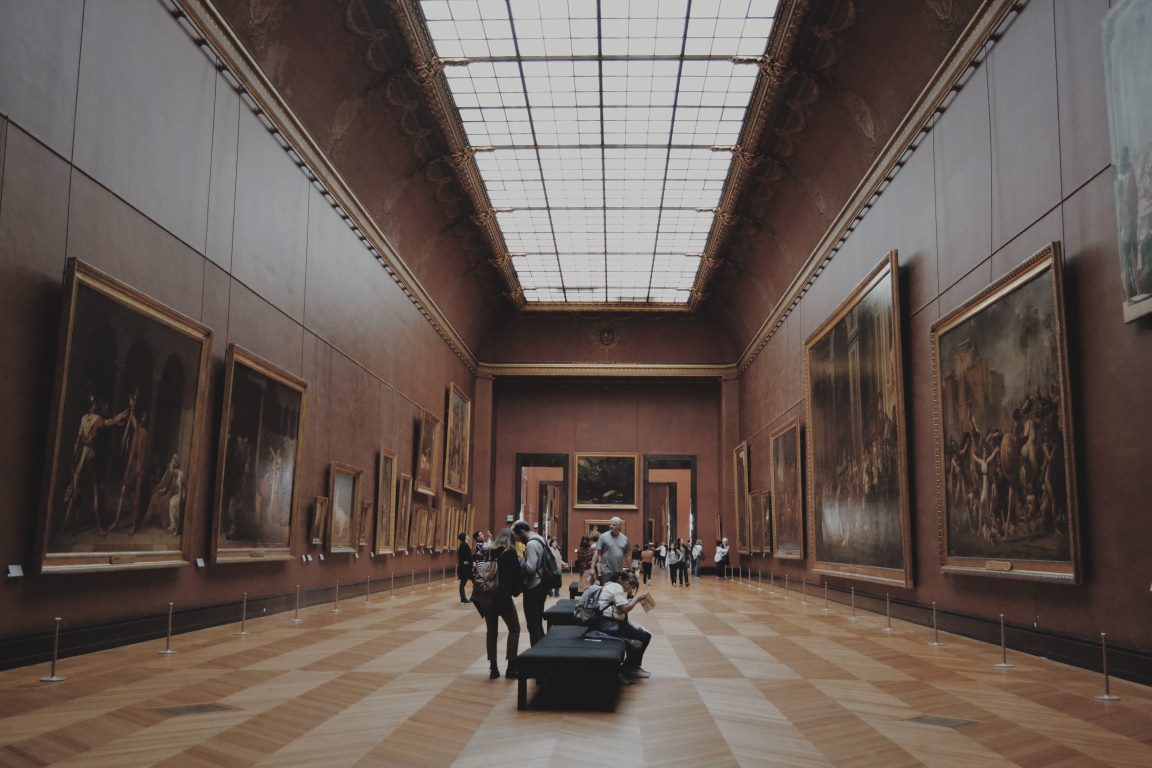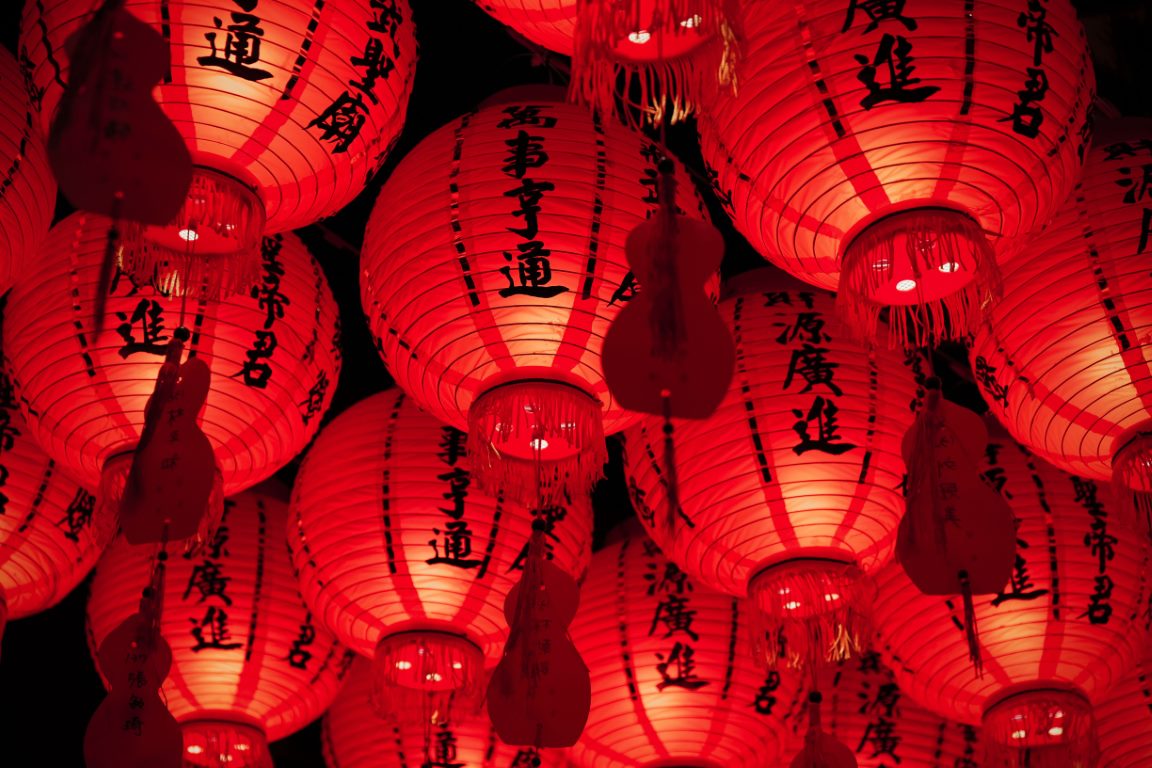How to Plan Your Visit to Gods Eyes Cave, Saeva Dupka Cave, and Glozhene Monastery in Sofia
If you are looking for a unique adventure during your trip to Sofia, then the Gods Eyes Cave, Saeva Dupka Cave, and Glozhene Monastery tour is perfect for you. In this tour, you will visit two ancient caves with fantastic acoustics, explore the 13th-century Glozhene Monastery, all while enjoying the convenience of a small group tour led by a knowledgeable driver/guide.Overview
The Gods Eyes Cave, Saeva Dupka Cave, and Glozhene Monastery tour is designed to provide visitors with an unforgettable experience in Sofia. The tour takes approximately 9 hours and covers a distance of about 250 km. This small-group tour is perfect for anyone who wants to explore the historic and natural wonders of Bulgaria.What to Expect
This tour offers a unique opportunity to explore two of the most fascinating caves in Bulgaria, as well as a remarkable 13th-century monastery.Gods Eyes Cave
Gods Eyes Cave, also known as Prohodna Cave, is one of Bulgaria’s most famous caves. This cave has two entrances, which let in natural light and create a striking visual effect that looks like two eyes. The cave’s unique features make it a popular spot for photography and a must-visit destination for visitors to Sofia.Saeva Dupka Cave
Saeva Dupka Cave is another stunning cave known for its fantastic acoustics. The cave is made up of five galleries and features a variety of impressive stalactites and stalagmites, some of which resemble animals and other objects. During the tour, visitors can experience the cave’s unique acoustics by listening to music or watching a concert.Glozhene Monastery
Glozhene Monastery is a 13th-century fortress-like monastery, located on a high cliff overlooking the Iskar River. The monastery’s stunning frescoes and unique architectural features make it one of the most remarkable religious buildings in Bulgaria.What’s Included
This tour includes everything you need for a comfortable and enjoyable experience in Sofia. Guests will be offered free bottled water throughout the tour and travel in the comfort of a modern, air-conditioned vehicle.Meeting and Pickup
The tour begins at St. Alexander Nevsky Cathedral. Guests should meet at the Main entrance of the Cathedral, where the guide will be standing with a sign that reads “Campfire BG.” The tour starts at 08:00 AM and ends at the National Palace.Inclusions
The tour includes access to Saeva Dupka Cave, which comes with a 2 EUR fee, as well as a delicious lunch. Guests do not need to worry about gratuities, as they are included in the tour price.Booking
If you are ready to embark on an unforgettable adventure in Sofia, then book the Gods Eyes Cave, Saeva Dupka Cave, and Glozhene Monastery tour today. Simply click here to book the tour and secure your spot. This small-group tour is the perfect way to explore Bulgaria’s natural and historical wonders and create memories that will last a lifetime.
Frequently Asked Questions About Sofia
Sofia, the capital of Bulgaria, is one of the oldest cities in Europe, dating back to the 8th century BC. It is a vibrant and bustling city, with a rich history, diverse culture, and many tourist attractions. If you are planning a trip to Sofia, here are some of the most commonly asked questions to guide you.1. What is the best time to visit Sofia?
Sofia has a continental climate, with cold winters and hot summers. The best time to visit the city is from late spring to early autumn (May to September), when the weather is mild, and there are many outdoor activities and events. However, if you are looking for winter sports, skiing, and snowboarding, the best time to visit is from December to March.2. What are the top tourist attractions in Sofia?
Some of the top tourist attractions in Sofia include:- Alexander Nevsky Cathedral, one of the largest Orthodox cathedrals in the world
- National Palace of Culture, a multipurpose complex for cultural events and exhibitions
- Vitosha Mountain, a popular destination for hiking, skiing, and outdoor recreation
- St. George Rotunda Church, one of the oldest buildings in Sofia
- National Museum of History, with exhibits on Bulgarian history and culture
3. How do I get around Sofia?
Sofia has a well-developed public transportation system, including buses, trams, and a metro network. You can buy single tickets or multi-day passes from kiosks, ticket machines, or directly from the driver. Taxis are also available, but make sure to agree on the fare before getting in the car. Walking is also a great way to explore the city, as many of the attractions are within walking distance from each other.4. What is Bulgarian cuisine like?
Bulgarian cuisine is a blend of Mediterranean, Balkan, and Slavic flavors, with a focus on fresh ingredients and local produce. Some of the most popular dishes include:- Shopska salad, a refreshing mix of tomatoes, cucumbers, peppers, and white cheese
- Banitsa, a savory pastry made with filo dough and cheese, spinach, or meat
- Kebapche, grilled minced meat served with a side of fries and salad
- Tarator, a cold soup made with yogurt, cucumbers, and dill
5. What is the currency used in Bulgaria?
The currency used in Bulgaria is the Bulgarian lev (BGN). 1 BGN is divided into 100 stotinki. You can exchange money at banks, exchange offices, or use ATMs, which are widely available throughout Sofia.6. Is English widely spoken in Sofia?
English is widely spoken in Sofia, especially in tourist areas, hotels, and restaurants. Most signs and information are also available in English, so you should have no problem navigating the city.7. How safe is Sofia?
Sofia is generally a safe city, but like any other urban area, it’s important to take basic safety precautions. Keep your belongings close to you, especially in crowded places, and be aware of pickpockets and scams. It’s also a good idea to avoid walking alone at night in dark or isolated areas.8. What souvenirs can I buy in Sofia?
Sofia offers a variety of souvenirs, including traditional crafts, handmade jewelry, pottery, and woodcarvings. Some of the most popular souvenirs include:- Rose oil and cosmetics, made from Bulgarian roses
- Rakia, a strong fruit brandy popular in the Balkans
- Traditional Bulgarian textiles, such as rugs and tablecloths
- Icons and religious artifacts from Orthodox churches and monasteries
9. Do I need a visa to visit Sofia?
Citizens of the EU, EEA, and Switzerland do not need a visa to visit Bulgaria for up to 90 days. Citizens of other countries may need a visa, depending on their nationality and the length of their stay. Check with the Bulgarian embassy or consulate in your country for more information.10. What is the nightlife like in Sofia?
Sofia has a vibrant nightlife, with many bars, clubs, and restaurants open until late at night. Some of the most popular areas for nightlife include Vitosha Boulevard, Studentski Grad, and the area around Slaveykov Square. There are also many cultural events and festivals throughout the year, such as concerts, theater performances, and film screenings.Book Your Tour Now
Sofia is a beautiful and exciting city, with something to offer for every type of traveler. Whether you are interested in history, culture, outdoor recreation, or nightlife, you are sure to find plenty of things to see and do in Sofia. With this FAQ as your guide, you can plan your trip and make the most of your time in one of Europe’s oldest and most fascinating cities.
How to Spend Your Time as a Tourist in Sofia
Sofia, the capital of Bulgaria, is a city that boasts a rich history, vibrant culture, stunning architectural wonders, and delicious cuisine. This city is an ideal place for anyone who loves exploring new places and enjoys learning about different cultures. If you’re planning a trip to Sofia, you’re in for a treat. In this guide, we’ll take you through the best way to spend your time as a tourist in Sofia.1. Visit the Alexander Nevsky Cathedral
When you arrive in Sofia, one of the first places you should visit is the Alexander Nevsky Cathedral. This cathedral is one of the most iconic landmarks in Sofia and is considered one of the most beautiful Orthodox cathedrals in Europe. It was built at the beginning of the 20th century in honor of the Russian soldiers who died in the Russo-Turkish War. The cathedral features impressive architecture, intricate frescoes, and an impressive collection of religious icons.2. Explore the National Palace of Culture
Located in the heart of Sofia, the National Palace of Culture is an impressive complex that houses a variety of cultural events and exhibitions. It is a popular destination for tourists and locals alike, with its sprawling gardens, fountains, and open spaces. The palace is home to some of the most important cultural events in Bulgaria, including concerts, plays, and art exhibitions.3. Discover the history of Sofia at the National History Museum
If you’re interested in learning more about the history of Sofia, a trip to the National History Museum is a must. The museum is located in a beautiful palace, and its collections include artifacts from prehistoric times to the present day. Some of the most impressive exhibits include ancient Thracian gold artifacts, medieval Christian art, and a collection of traditional Bulgarian costumes and jewelry.4. Take a stroll around Vitosha Boulevard
Vitosha Boulevard is one of the most popular streets in Sofia and is home to a variety of shops, cafes, and restaurants. It’s an ideal place to take a stroll and soak up the lively atmosphere of the city. The boulevard is lined with several historic buildings, including the National Palace of Culture and the Bulgarian National Bank.5. Visit the Boyana Church
The Boyana Church is a UNESCO World Heritage Site, and it’s easy to see why. The church is a perfect example of Bulgarian medieval architecture and features intricate frescoes that date back to the 13th century. It’s a must-visit destination for anyone interested in Byzantine art.6. Browse the artworks at the National Gallery of Art
The National Gallery of Art is home to the largest collection of Bulgarian art in the world. The gallery’s collection spans from the medieval period to the present day, and it features a variety of styles, including Romanticism, Realism, and Contemporary Art. Whether you’re an art lover or not, a visit to this gallery is a great way to appreciate Bulgarian culture.7. Indulge in traditional Bulgarian cuisine
No trip to Sofia would be complete without trying some of the local Bulgarian cuisine. Bulgarian food is a delicious mix of Eastern European and Mediterranean flavors, with dishes like banitsa (a popular pastry filled with cheese) and kebapche (a spicy sausage). You can find traditional Bulgarian restaurants all over Sofia, including in the city center.8. Take a day trip to Rila Monastery
Rila Monastery is a UNESCO World Heritage Site located in the beautiful Rila Mountains, just a few hours’ drive from Sofia. The monastery features beautiful frescoes, intricate wood carvings, and beautiful architecture. It’s an ideal destination for anyone interested in Orthodox Christian history and culture.Book Your Tour Now
Sofia is an incredible city with a rich history and culture, and there’s plenty to see and do for anyone interested in exploring new places. In this guide, we’ve highlighted some of the best destinations and activities to help you make the most of your time in this vibrant city. Whether you’re interested in art, history, or just good food, Sofia is sure to impress.Table of Contents

